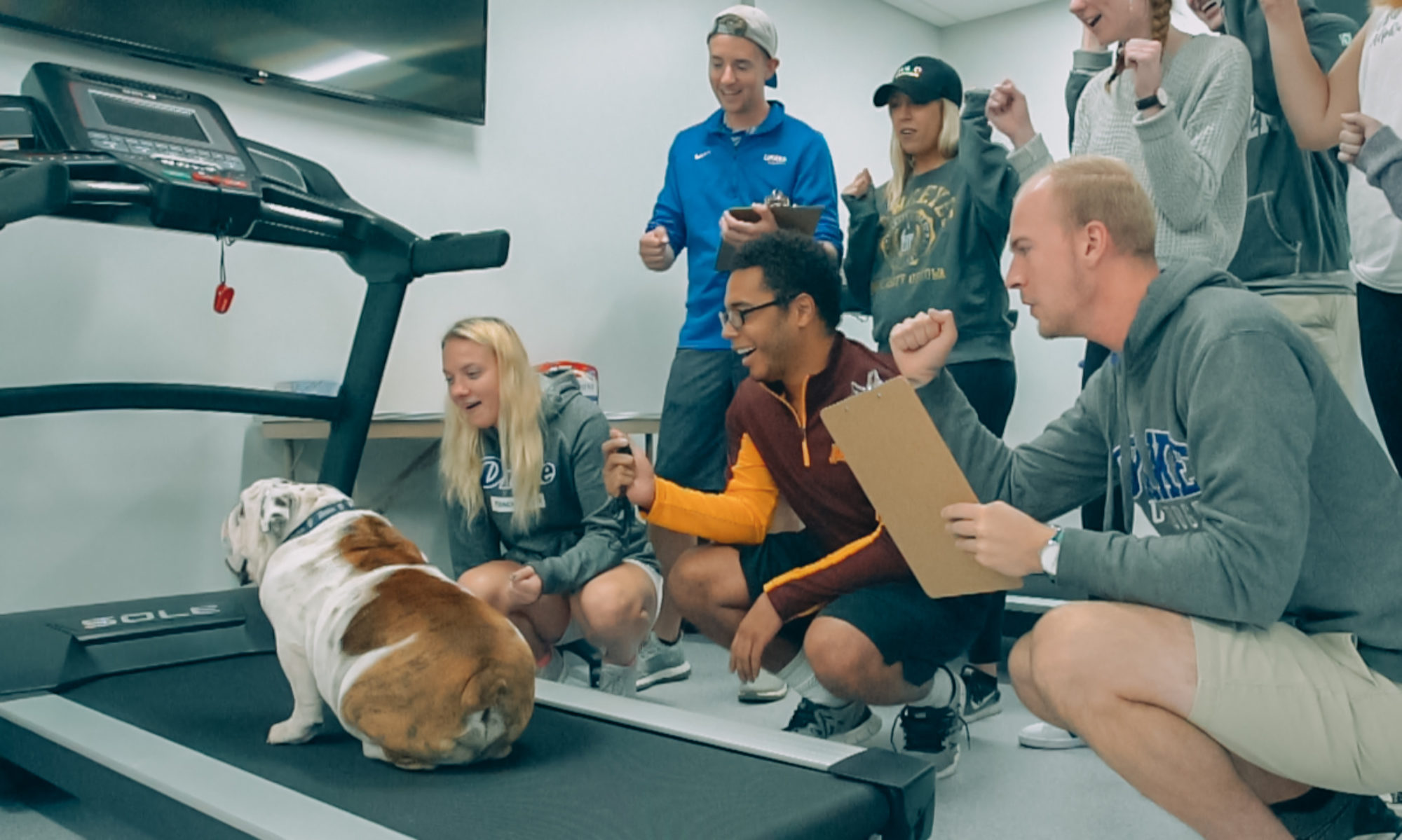Author: Christi LeMunyon
What is different when you’re at altitude compared to sea level?
Oxygen is an essential molecule for the human body to carry out its normal function. When we breath in, oxygen can enter our lungs and make its way into our circulating blood system through gas exchange between alveoli, small air filled sacs in the lungs, and capillaries, or small blood vessels. When the oxygen enters our blood, it binds to hemoglobin, or the oxygen carrying molecule of red blood cells. These red blood cells travel through our circulatory system and deliver the oxygen to working tissues.
Continue reading “How does your blood adapt to high altitudes?”
